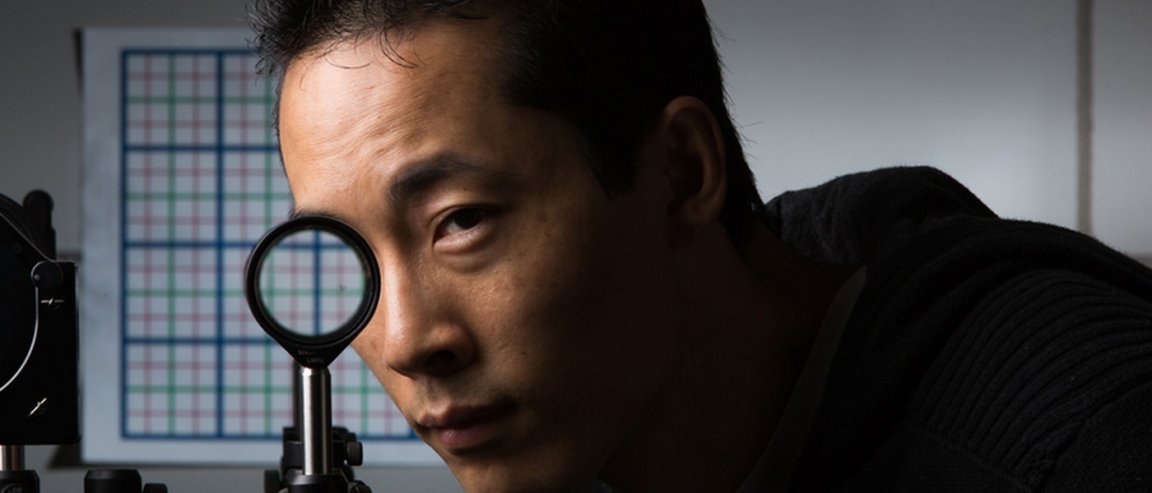
An Invisibility Cloak For Everyone
Researchers at the University of Rochester have found a way to improve their Rochester Cloak, a real-life invisibility cloak, by using flat screen displays to widen the range of angles that can be hidden from view. This allows the user to move the concealed object without it peeking through at some angles.
John Howell, professor of physics at the University of Rochester, notes that other cloaking devices use expensive and uncommon supplies:
“There’ve been many high tech approaches to cloaking and the basic idea behind these is to take light and have it pass around something as if it isn’t there, often using high-tech or exotic materials.”
However, the Rochester Cloak is an easily accessible system, as it uses readily available cameras and displays to bend light around objects to conceal them; an instructional document is also provided to the public so anyone can build their own cloaking device.
In Continuous Development

The new demo features a much lower resolution than the Rochester Cloak lenses, but solves the problem wherein the concealed object becomes visible when you change your viewing angle. The demo shows how objects can be cloaked even when they are in motion, using sensors and tiny lenses.
“This is the first device that we know of that can do three-dimensional, continuously multidirectional cloaking, which works for transmitting rays in the visible spectrum,” said Joseph Choi, a PhD student at Rochester’s Institute of Optics.
With the continuous upgrading of high-resolution displays in the market, the team believes improving its resolution shouldn’t be much of a problem. Real-time projection of the background is also one of the aspects the team hopes to improve, as it currently takes them a few minutes to scan, process, and update the image on the screen.